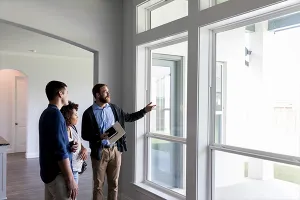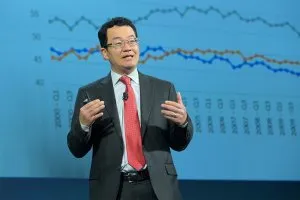
The decrease in new-home construction affects the overall housing market, including the rental market, says Lawrence Yun, chief economist of the National Association of REALTORS®.
Housing starts in July dropped 7%, and single-family home construction within that fell 4.5%, the Commerce Department reported Wednesday.
“Rents will be soaring in the coming months, especially for apartment units, as homebuilding retreated in July,” Yun says. “There was a housing shortage before the pandemic, and the shortage has been exacerbated during the pandemic.”
Homebuilding needs to “greatly” increase as the job recovery takes hold, Yun adds.
But builders blame supply-chain disruptions, rising material costs, lags in getting approvals for land lot development, and labor shortages for stifling home construction. Buyer demand for new homes is strong, they say, but the challenges and cost rises have become too great to meet it.
Builders are slowing construction activity as costs rise, says Danushka Nanayakkara-Skillington, the National Association of Home Builders’ assistant vice president for forecasting and analysis. “Starts began the year on a strong footing but in recent months some projects have been forced to pause due to both the availability and costs of materials,” Nanayakkara-Skillington says.
Home prices for both new and existing are surging. The median price of a newly built single-family home was $361,800 in June; the median existing-home price of a sold home in June was $363,300.
“With home prices having risen by record amounts over the past year, home buying will become an increasing challenge, and a good number of households may simply decide to rent,” Yun says. “In addition, the jobs recovery is enticing people out of their parents’ homes to seek their own housing.”
Rental demand remains strong. Yet, new multifamily construction, which includes apartment buildings and condos, fell by 13% last month, the Commerce Department reports.
“With an inadequate supply of available homes, rents will be strengthening and adding further pressure to overall consumer price inflation,” Yun says.








